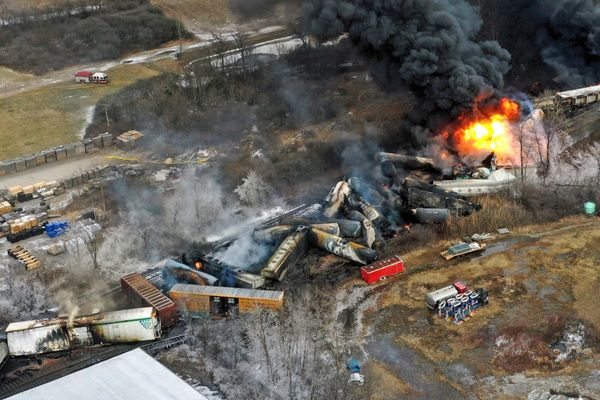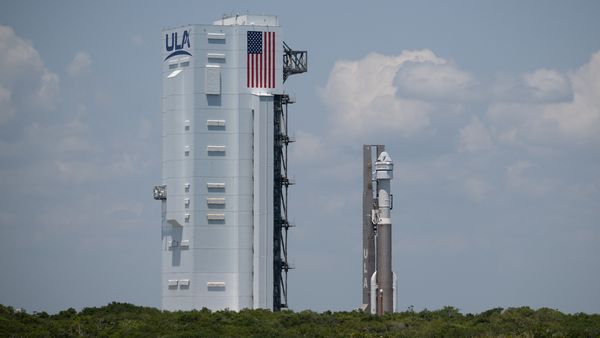
As Elon Musk’s Tesla forges ahead with moonshot projects like self-driving technology and artificially intelligent humanoid robots, its customers are stuck struggling with a much more mundane issue: Their windshield wipers suck.
“It’s the single worst thing about the car, honestly,” one Tesla Model 3 owner commented on one of the dozens of Reddit threads on the matter. Other internet users identifying as Tesla drivers have called their wipers “trash,” “absolutely infuriating” and “utterly useless.”
This isn’t a new problem, mind you: Tesla’s wipers have been broken for years, sparking a relentless chorus of complaints that the EV maker has never sufficiently addressed. It’s an embarrassing problem to have for a car company that claims to be so technologically far ahead of its peers.
So what’s going on here? Why can’t Tesla just send out a simple software fix like it so often does when things go wrong on its cars? InsideEVs decided to investigate. And we found that the problem hits at the very core of the way Tesla and Musk, its CEO, do business.
Tesla’s Auto wipers don’t work
The issue at hand stems from Tesla’s “Auto” wiper function. The feature senses if and how hard it's raining, setting the wiper speed to match the conditions. In theory. In reality, Tesla owners say that Auto mode routinely causes their wipers to swipe furiously when it’s sunny out, barely move in a downpour and everything in between.
As one owner put it on X, formerly Twitter: “No Tesla has auto wipers. We have an auto setting that activates super-random-wiper-fun-time-mode!”
Adding to owners’ frustrations, the wipers historically had to be set to Auto for Autopilot, Tesla's fancy cruise-control feature, to function. It appears that Tesla quietly changed that in a recent software update and now allows drivers to manually switch off the Auto wipers when using Autopilot. But the function itself is still shoddy.
The thing is, rain-sensing wipers have been around for decades and work just fine for other manufacturers. Tesla’s problem appears to boil down to its particular, outside-the-box approach. It’s surely the only automaker that labels its rain-sensing wipers a “beta” feature, a term that usually refers to a tech product not yet ready for primetime.
What's Going Wrong
While cars typically use a dedicated sensor to register water droplets on their windshields, Teslas rely on a combination of built-in cameras and artificial intelligence instead. It’s all part of Musk’s quest to cut costs and replace all sorts of traditional automotive components—like radar units and ultrasonic sensors—with what’s called “Tesla Vision.”
This galaxy-brain solution to the simple problem of detecting rain is backfiring.
Chris Fox, a lead engineer at the engineering firm Munro & Associates, guesses it’s a calibration issue. Since Tesla’s cameras are first and foremost designed around its automated-driving efforts—to detect lane lines, other vehicles and so on—that could diminish their ability to reliably see other things, he told InsideEVs.
“It’s totally doable to detect the rain,” he said. “But also, depending on what else they’re doing with that camera, its depth of view, its field of view, it might not be able to pick up rain droplets.”
Fox estimates that a typical rain sensor alone would cost Tesla $10 on the high end, but it could be as little as under a dollar per vehicle.
So that’s the hardware explanation, and it makes a lot of sense. There’s also the challenge of training an AI system to understand when it’s raining and when it isn’t, which Andrej Karpathy, Tesla’s former head of AI, spoke about at a tech conference way back in 2018.
“Tesla famously tries to save money all over the place. So instead of having a dedicated sensor for sensing whether or not it’s raining, Elon’s like ‘Well, you see rain drops, so vision can do it,’” he said. “And now, it’s my problem.”
He said the AI model initially mistook all sorts of unexpected inputs for rain, like tunnels and smudges on the windshield. That sparked a painstaking labeling effort which saw Tesla feed the AI countless examples of what is and isn’t rain, he said. At the time, Karpathy said the Auto wiper system had recently gone live and “mostly works.” But Tesla continued working on it for years.
In 2019, Musk tweeted that it “takes a surprising amount of deep learning to know when & how fast to move the wipers.” Four years later, in May of 2023, he apologized for the state of the Auto wipers and said the feature’s “neural net”—its machine learning system—would soon start using multiple cameras instead of just one. And still, owners say things like smudges and street lights confuse their wipers.
Perhaps wipers take a back seat to splashier AI projects like the Optimus worker robot and finally delivering a self-driving car, endeavors that Musk says could make Tesla worth trillions.
Tesla's Vision Problem
For Sam Abuelsamid, an electric and autonomous vehicle expert at Guidehouse Insights, the wiper snafu is just further proof that Tesla’s vision system isn’t nearly as capable as the company says it is. Importantly, Tesla also relies on cameras and AI for Autopilot and Full Self-Driving, features with much higher stakes than automatic wipers.
Musk believes that if humans can drive with just eyes and a brain, then autonomous Teslas should be able to do so without industry-standard sensors like radars and lidar units. The firm doesn’t sell a self-driving car, despite hawking Full Self-Driving, a $12,000 prototype feature.
“The reality is, as much as Elon Musk likes to gloat about it, Tesla’s machine vision systems are not actually very good,” he said. “They will perceive things on the road that aren’t there. In this case it’s raindrops, but they might detect that there’s something on the road and slam on the brakes, even when there’s nothing there.”
Finally, this situation showcases a drawback to the auto industry’s wider push toward tech-heavy cars that can receive remote software updates. What’s great is your Tesla can download impressive new capabilities—like a horn that sounds like a fart or even something more substantive—at the tap of a button. What’s not so great is that a company can promise exciting features or bug fixes and keep kicking the can down the road.
That’s how you end up buying a $60,000 car with windshield wipers that never seem to work quite right.
We reached out to Tesla to learn more about what’s going on here but didn’t hear back. So it looks like you Tesla owners will just have to keep tweeting at Elon Musk.
Are you a Tesla employee or owner with thoughts or information to share? Contact the author: tim.levin@insideevs.com







